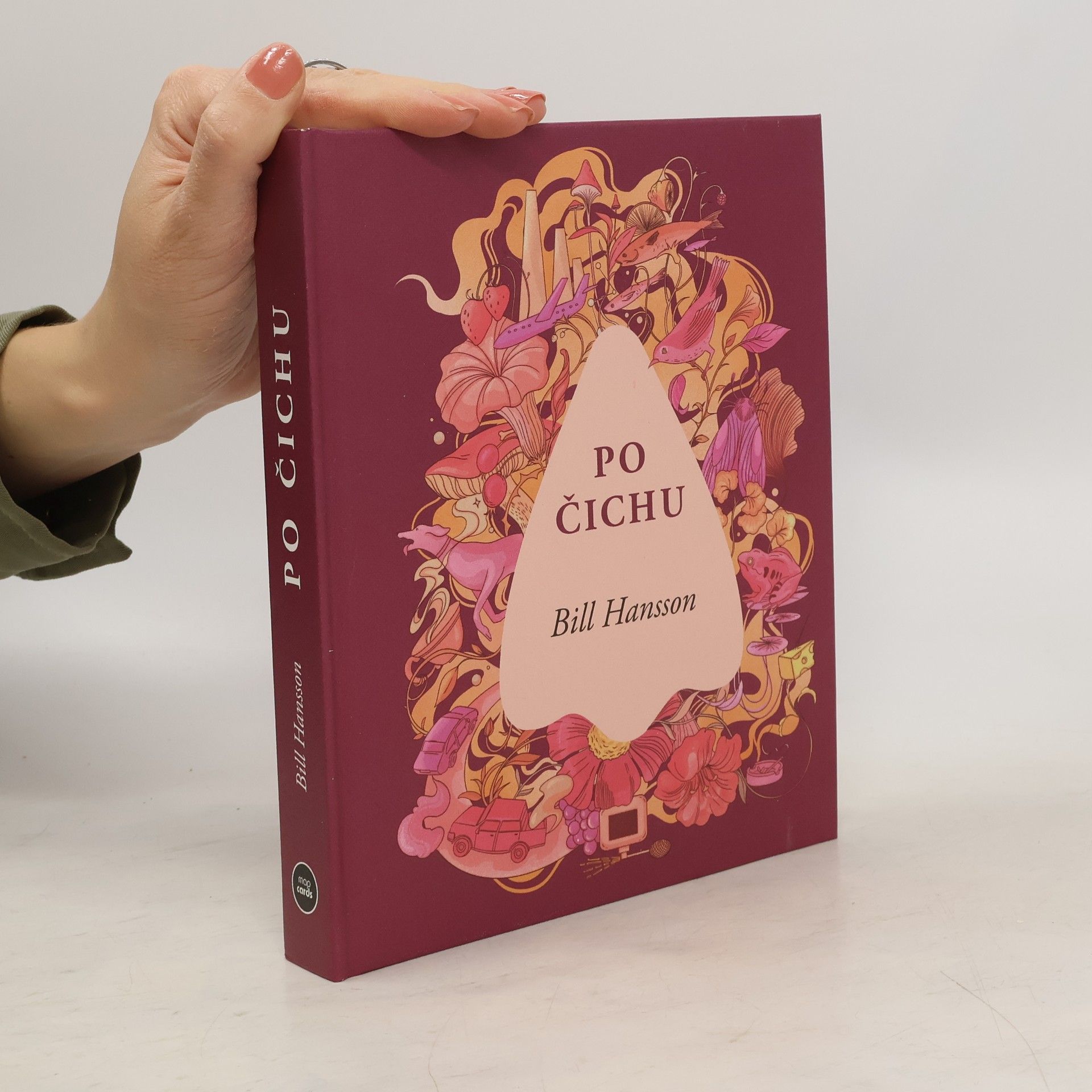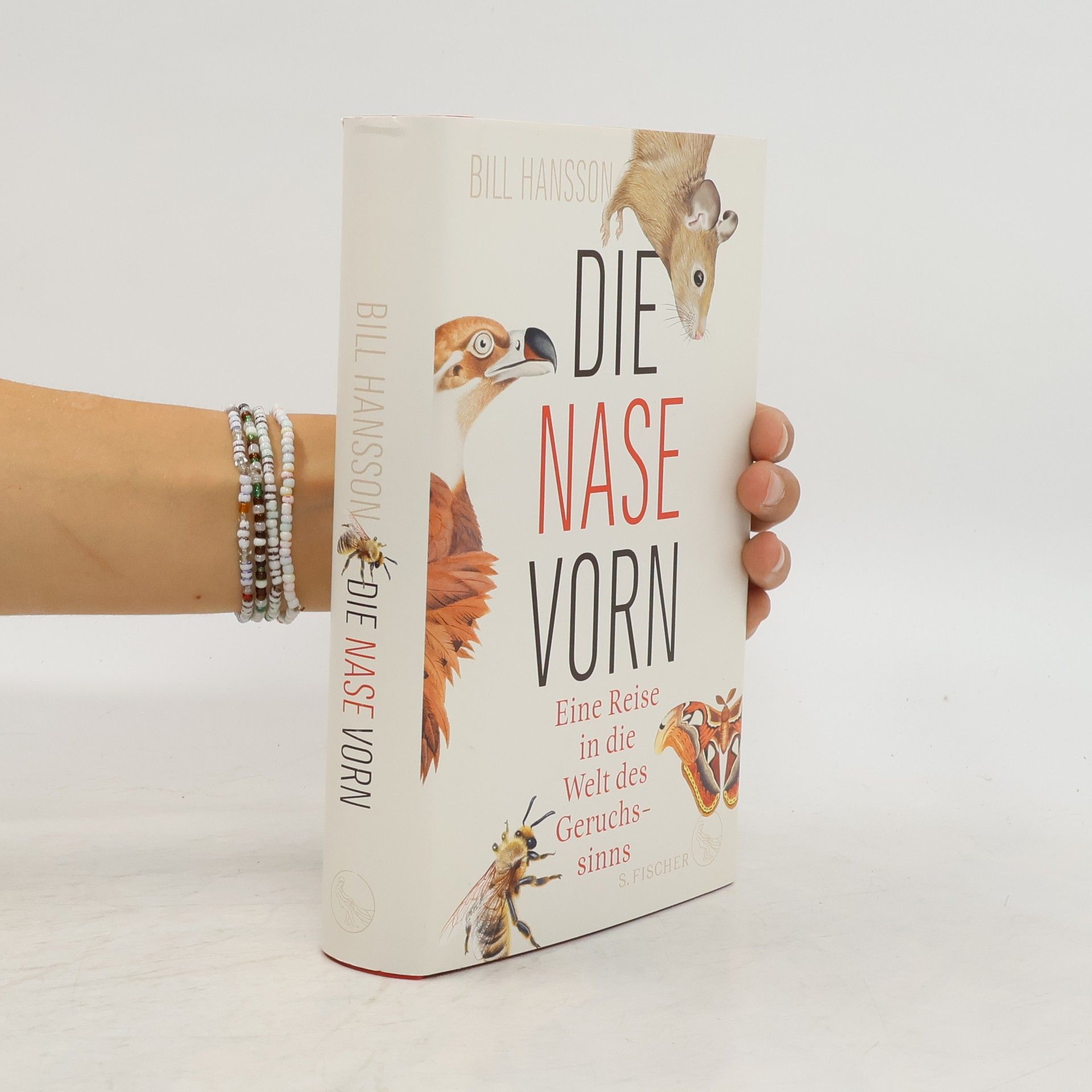Po čichu
- 256 pages
- 9 hours of reading
Čich je jedním z nejméně probádaných smyslů, a přesto je důležitou součástí našeho světa. Vydejte se s námi na pestrou přehlídku nosů, na cestu do úžasného světa čichu. Dozvíte se odpovědi na mnoho pozoruhodných otázek: Proč nejvýznamnější lidský feromon vytvářejí matky a jak to, že si náklonnost k určitým vůním vytváříme už v děloze? Vydává naše tělo veselé a vyděšené pachy? Kdy a jak se z vůně stává smrad? Dokážeme zjistit, jak souvisí ztráta čichu s Alzheimerovou či Parkinsonovu chorobou? Anebo proč někteří hnízdící ptáci voní jako mandarinky a zdalipak cítí ryby rybinu? A mají čich i rostliny?


